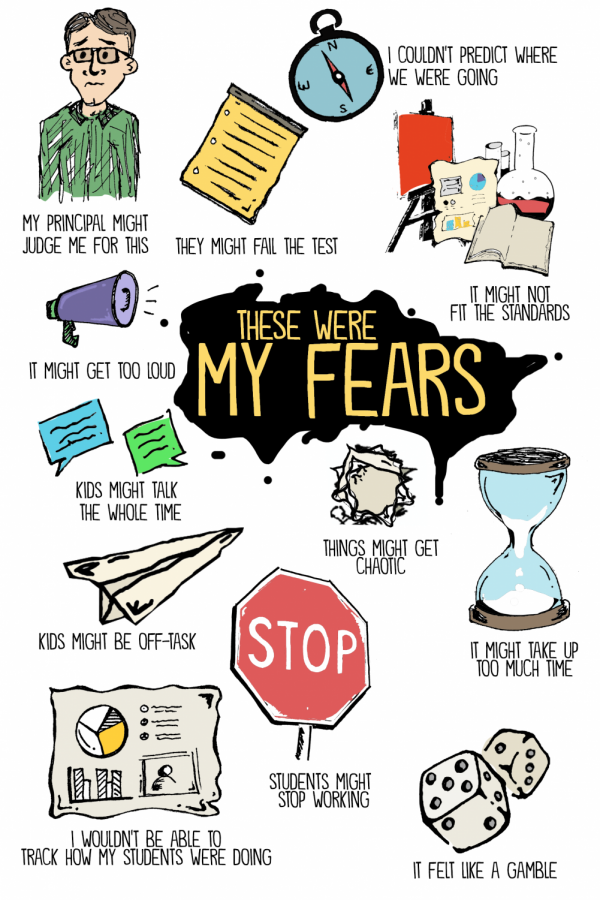Drowning and spiders and clowns, oh my!
November 22, 2019
In order for something to make you afraid of it, it must surface feelings of anxiousness and fright. These feelings in turn causes people to act in one of two ways: fight or flight. This survival instinct can be found in all living things on Earth, so long as these beings have something to be afraid of that surges them into action. When looking to the students of Roswell High School, what things cause these teenagers to be afraid?
After posting a poll on social media asking Roswell students to anonymously respond to the question of “What is your greatest fear?”, over 50 responses were submitted. Many of them were being alone, messing things up, growing up, being kidnapped, drowning, snakes, spiders, mascots, clowns, losing one’s girlfriend/boyfriend, losing one’s mother/father and losing friends. Common fears include a type of group of people or animals, losing a loved one and being constrained from your own free will in some shape or form. Some of the more uncommon responses submitted were unrequited love, death and living forever. However, the fear of non-mutual love is subconsciously common in the majority. Feeling as though you’re giving your 100% attention and effort into a person without reciprocity can be a heartbreaking feeling that people don’t want to experience. This fear of unrequited love can cause a reaction of fight or flight, rather that’s through breaking up with the individual not reciprocating your love or urging the individual to love you back. Death and living forever are complete opposites that essentially stem from the fear of the inevitable. Not being able to know when you’re going to die, but knowing that it will happen is an anxious feeling. Or as we read about in fiction, being forced to live forever in a world where your loved ones have already passed away is another example of anxiousness that people may feel. Fortunately, all fears can be overcome, though that is easier said than done.
How this fight or flight reaction can affect student behavior during school hours can be varied, whether this be through public arguments, anxiety during presentations or isolation from group projects. Or it could be in the form of even more serious behaviors, such as cyber-bullying and suicide. After reading this article, hopefully students can take accountability of their fears and find ways to positively overcome them.


